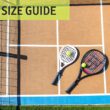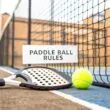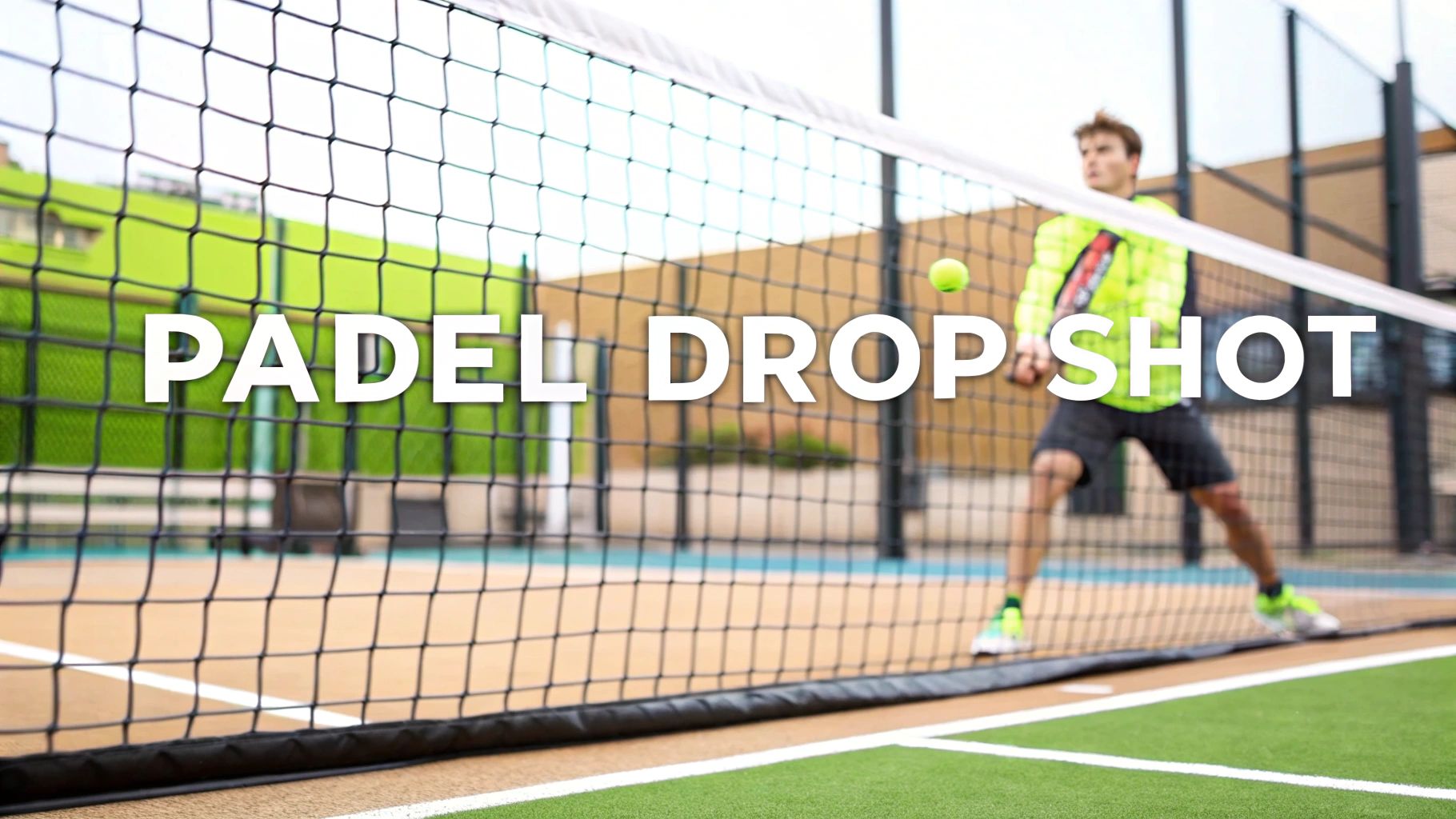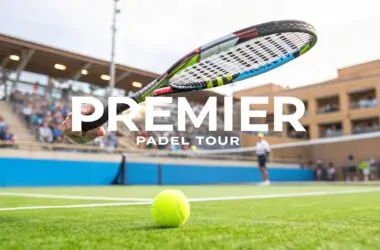The padel drop shot, known as the dejada in Spanish, is one of the most tactical and delicate shots in the game. It’s all about touch, not power. You're playing a soft, gentle shot that barely clears the net, aiming for it to die quickly and give your opponents almost no chance to get to it. It’s a high-finesse, high-reward play that hinges on surprise and precision.
Why the Drop Shot Can Win You Padel Matches
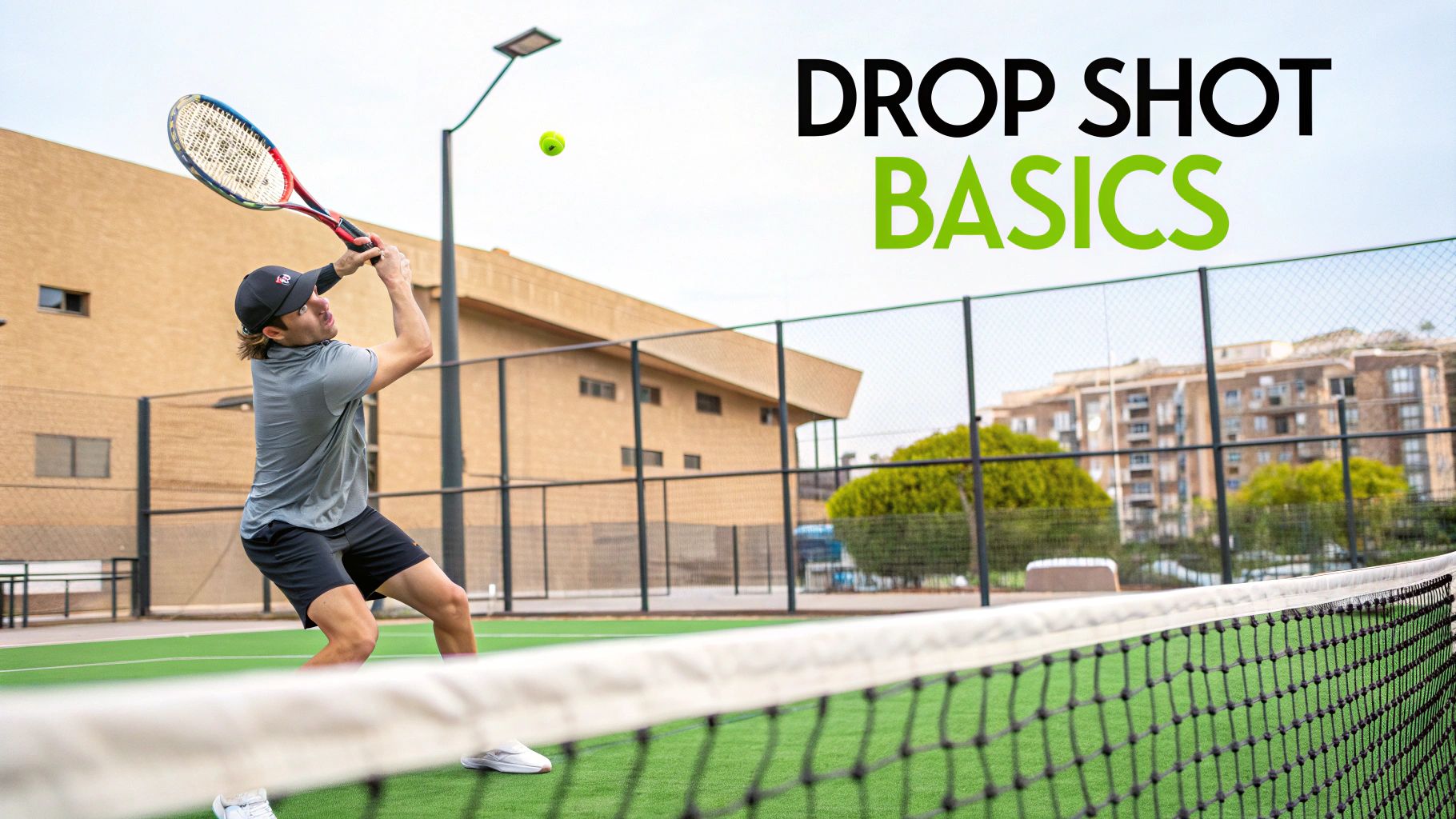
Before we get into the nitty-gritty of how to hit a perfect drop shot, you need to understand why it’s so lethal. While booming smashes and powerful viboras get all the glory, a well-placed drop shot is like a form of psychological warfare on the court. It’s not just a shot; it's a strategic move designed to completely dismantle your opponent's game plan.
Its biggest strength is punishing players with bad court positioning. Think about it: your opponents are camped out near the back glass, ready for another hard-hit ball. A cleverly disguised drop shot will leave them scrambling forward, often arriving too late to do anything but watch the point end. This forces them to creep up, second-guess their position, and opens up the deep court for your next attack.

Buy the best padel gear to level up your next game!
CHECK OUT this deal from Padel Market!Get ready to take your game to the next level with the latest padel gear from Padel Market! Fast EU and Worldwide Shipping
Shatter Their Rhythm, Create Doubt
One of the best things about the drop shot is its ability to break your opponent's rhythm. Padel often falls into a comfortable pattern of fast volleys or deep, defensive lobs. The drop shot shatters that pace. It forces players to instantly switch from a defensive, reactive mindset to an all-out sprint.
This sudden change of pace often leads to:
- Forced Errors: A player rushing to the net is far more likely to make a mistake, either dumping the ball into the net or popping it up for you to smash.
- Mental Fatigue: Having to constantly worry about a potential drop shot is exhausting. It takes their focus off their own strategy and puts them on the back foot.
- Creating Openings: Even if they manage to get a racket on the ball, their return is usually weak and defensive. This gives you total control of the net and an easy put-away.
The real genius of the drop shot isn't just winning the point outright. It's about setting up the next shot. It keeps your opponents honest about their court position and unlocks brand-new attacking angles for you.
To give you a better idea of when to pull this shot out of your arsenal, here's a quick guide to high-percentage vs. low-percentage situations.
When to Use the Padel Drop Shot
| Situation | Ideal Time To Use Drop Shot | When To Avoid Drop Shot |
|---|---|---|
| Opponent Position | Opponents are deep, behind the service line, defending. | Opponents are at the net or moving forward. |
| Ball Height | You're contacting the ball at a comfortable, low-to-medium height. | The ball is high and you can hit a powerful shot (smash, vibora). |
| Your Position | You are inside the court, close to the net or service line. | You are far back, near your own back glass. |
| Game Flow | To break a repetitive rhythm of lobs and deep shots. | During a fast-paced, aggressive volley exchange at the net. |
| Match Context | To surprise opponents who haven't seen you use it yet. | When you've missed several in a row and your confidence is low. |
This table should help you start thinking tactically about when to deploy the drop shot for maximum effect.
A Rare and Tactical Weapon
Looking at the stats, the drop shot is a rare beast. Some data shows it accounts for just over 0.3% of all strokes in a typical match, so its direct contribution to winning points is small. But that rarity is exactly what makes it so powerful. Its true impact isn't on the scoreboard for that one point, but in the tactical chaos it creates. For more on game strategy, you can always check out the latest padel tennis news from our experts.
Ultimately, think of the drop shot as a specialized tool in your bag. It’s not your everyday hammer. It’s the precision instrument you pull out to solve a very specific problem—an opponent who has gotten way too comfortable hanging back at the glass.
Mastering the Drop Shot Grip and Stance
Every great drop shot in padel starts way before the ball even gets to you. It's all about what's happening with your hands and your feet. Nailing the grip and stance isn't just a suggestion; it's the absolute foundation for the touch, control, and—most importantly—the deception this shot lives and dies by. If your base is shaky, your shots will be all over the place and as easy for your opponents to read as a billboard.
The gold standard for the drop shot grip is the Continental grip, which a lot of players affectionately call the "hammer grip." The easiest way to find it is to imagine you're shaking hands with your racket. For a righty, your index finger's base knuckle should line up perfectly on the second bevel of the handle. This grip is the Swiss Army knife of padel—it allows for just enough wrist flexibility and keeps the racket face neutral, which is key for hiding what you're about to do.
What's great is that you're probably already using the Continental grip for your volleys, serves, and overheads. This is your secret weapon. By not changing your grip, you give your opponents zero clues that you're about to feather a delicate drop shot over the net instead of blasting a volley.
Finding Your Balance and Staying Low
Once you've got the grip sorted, your body position is the next piece of the puzzle. For a truly effective drop shot, you have to get low. I don't just mean bending at the waist—I mean dropping your entire center of gravity. Bend your knees and stay light on the balls of your feet.
This athletic stance does two crucial things for you:
- It creates stability: This gives you a rock-solid base, so you're not off-balance while trying to execute such a delicate shot.
- It keeps you ready: You'll be light and springy, prepared to dart to the net after your shot or pounce on a weak return from your opponent.
Picture a shortstop in baseball waiting for the batter to swing—they're low, balanced, and ready to explode in any direction. Your weight should be either centered or slightly forward, which helps you make those tiny, last-second adjustments for perfect placement.
So many players make the classic mistake of standing up straight. When you're too tall, you're forced to just reach down for the ball with your arm, which kills all your control and feel. Getting low lets you get under the ball, which is absolutely essential for pulling off a proper padel drop shot.
The Art of Deceptive Preparation
Here's where the real mind games begin. Your setup for a drop shot needs to look almost exactly like your setup for a normal volley or even a bandeja. You should bring your racket up and back in a short, compact motion, just like you would for a powerful shot. The magic—the disguise—happens in the final split-second before you make contact.
When you prepare as if you're going to hit with power, you force your opponents to stay back and respect the threat. If they spot a slow, lazy preparation, they'll immediately know what's coming and rush the net, turning your tactical play into an easy put-away for them.

Buy the best padel gear to level up your next game!
CHECK OUT this deal from Padel Market!Get ready to take your game to the next level with the latest padel gear from Padel Market! Fast EU and Worldwide Shipping
Keep these key elements in mind for your stance and prep:
- Stay Low: Knees bent, center of gravity down.
- Be Light: Always be on the balls of your feet, never flat-footed.
- Disguise Everything: Prepare as if you're hitting a hard volley.
- Stay Balanced: Keep your weight centered and be ready to move.
Combining a reliable grip with a deceptive, athletic stance is what sets the stage for success. From this position, you're perfectly primed to execute the shot with all the touch and precision it requires.
Executing the Perfect Swing and Contact
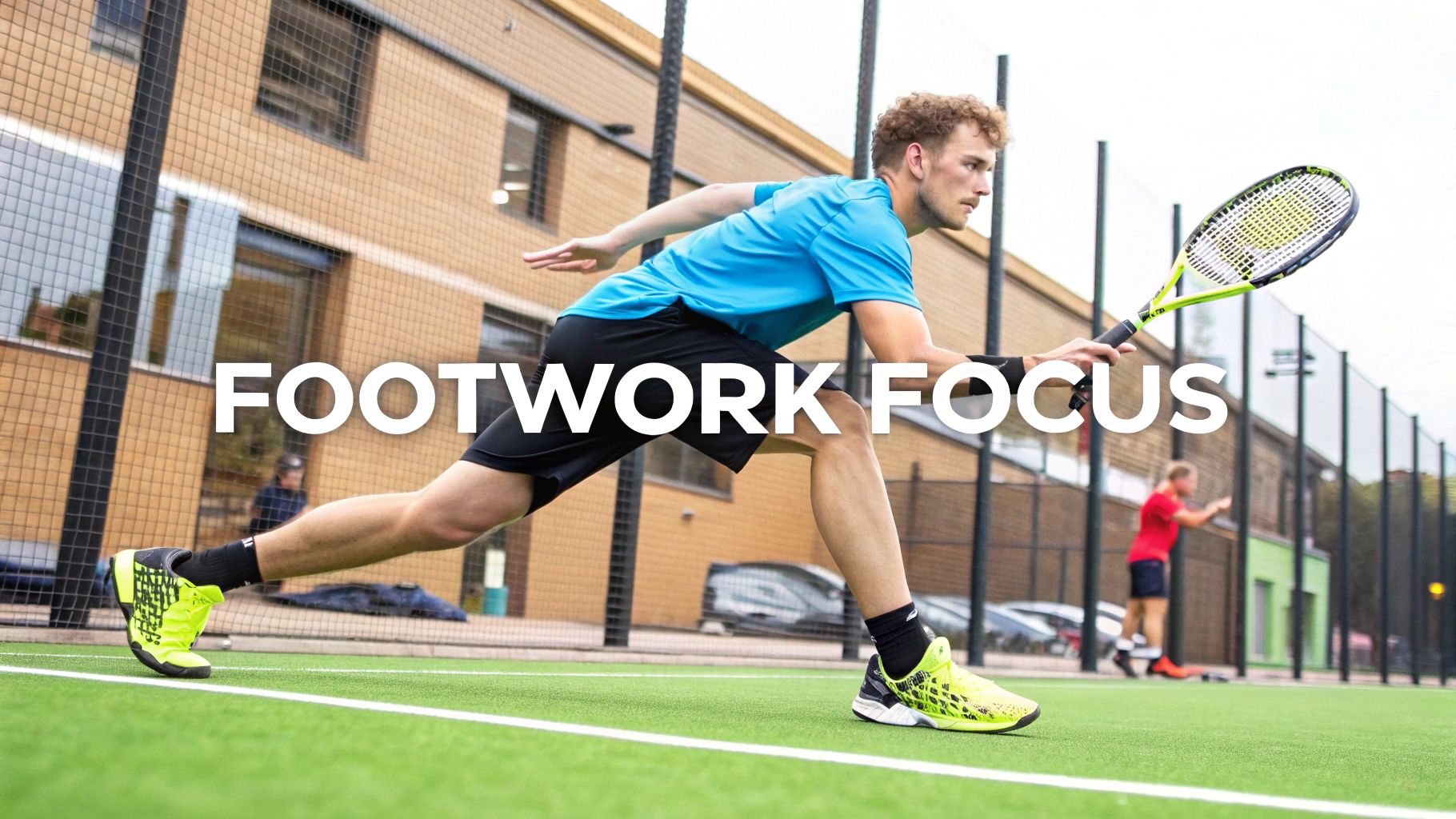
Alright, this is where the real artistry comes in. You’ve got your grip and your feet are set, so now it's all about the swing and that critical moment of contact. A great padel drop shot has nothing to do with power—it’s all about touch, deception, and absorbing the ball's energy.
First thing to remember: think short and sweet. Forget the big wind-up you'd use for a powerful drive. The drop shot needs a very compact backswing. A long, loopy swing is a dead giveaway to your opponents and makes it almost impossible to hit the ball with the softness required.
Your best bet is to disguise the shot. Make your preparation look exactly like a standard volley until the very last second. Then, instead of punching forward, you're going to "cushion" the ball.
Getting the Feel for the Shot
I tell my students to imagine catching the ball on the face of the racket for a split second, then gently guiding it over the net. This sensation of absorbing the ball's pace is the absolute heart of the drop shot. You are taking energy out of the ball, not putting it in.
The secret to a ball that dies after the bounce is backspin. You create this with a subtle slicing motion.
Here’s how to get that slice:
- Keep your racket face slightly open as you swing.
- When you make contact, think about brushing or "cutting" down and underneath the back of the ball.
- This isn't a big arm movement. The motion comes mostly from your forearm and a controlled bit of wrist action.
This under-spin is what causes the ball to check up and die right after it hits the court on your opponent's side, leaving them scrambling.
A great mental cue I use is to feel like I'm carving a tiny piece off the bottom of the ball. It’s a delicate, almost shaving motion that puts just the right amount of spin on it to kill the bounce.
Your Contact Point and Follow-Through
Where you hit the ball is just as crucial as how you swing. For maximum control, you want to make contact slightly out in front of your body and a little to your side. If you reach too far or hit the ball late (behind your body), you'll lose all control and likely dump it into the net.
From a tactical standpoint, the drop shot has a very specific role in padel. It's used far less frequently than in a sport like tennis. In pro tennis, you might see several drop shots end a rally in a single match, but in padel, they make up a tiny fraction of total shots. The smaller court and glass walls mean a poorly hit drop shot is an easy winner for your opponent. It's a high-risk, high-reward weapon you use to catch them out of position. You can find some interesting drop shot statistics between sports that highlight these tactical differences.
Finally, you have to fight the urge for a big, dramatic follow-through. Once you've made contact, your racket should only travel a short distance forward and slightly up. It should feel like you're placing the ball exactly where you want it to land, just over the net. A long follow-through adds pace you don't want and will ruin the entire shot. For the drop shot, control is everything.
The Art of Deception and Tactical Placement
A mechanically sound drop shot is one thing, but a truly deceptive one? That's a genuine game-changer. This shot is as much about psychological warfare as it is about hitting the ball softly. The entire play hinges on one crucial element: making your opponents think you're about to do something completely different.
Your setup needs to look identical to a powerful volley or a sharp bandeja. I mean it—bring your racket back like you intend to blast the ball deep. This move forces your opponents to respect your power, keeping them pinned to the back of the court. Suddenly, you've created all the open space you need for that delicate drop shot to work its magic. Without this surprise factor, your gentle shot is just a sitting duck waiting to be smashed.
Smart Placement Is Your Best Friend
Once you've sold the fake, placement becomes everything. It's so tempting to go for that glorious, highlight-reel drop shot that just kisses the sideline and dies. It looks amazing, I get it. But it's an incredibly low-percentage shot that drastically increases your risk of an unforced error. Don't fall for it.
A much smarter, more reliable strategy is aiming for the middle of the court, just over the net. This approach gives you several huge advantages:
- A Bigger Margin for Error: You simply have more court to work with, which immediately lowers your chances of hitting the ball wide.
- Cutting Down Their Angles: A return from the middle gives your opponent fewer angles to counter with. More often than not, it forces a weak, high pop-up that you and your partner can easily put away.
- Creating Confusion: That central placement can cause a split-second of hesitation between your opponents ("Yours!" "No, yours!"). That moment is often all you need to win the point outright.
Beyond the physical technique, landing effective drop shots, especially under pressure, comes down to your head game. Your ability to build mental toughness is where many of these points are truly won or lost.
The ultimate goal of a padel drop shot isn't always to hit an outright winner. Think of it as a setup shot. Its real purpose is often to manipulate your opponent's position to set up your next attack. Pull them in with a soft drop, and if they somehow get it back, they are now completely out of position and vulnerable to a deep lob right over their heads.
Avoiding Unforced Errors
This tactical mindset is absolutely crucial. In pro padel, match analysis shows that unforced errors can account for nearly 45% of all lost points. A badly chosen or poorly executed drop shot can easily add to that stat. Precision and smart decision-making are what separate a good shot from a lost point.
Mastering the deception and placement of the drop shot elevates it from a simple touch shot into a powerful strategic weapon. Honing this mental side of your game is just as important as the physical practice. Exploring sports psychology techniques can give you a significant edge. When you start thinking two steps ahead, you turn a risky play into a calculated and devastating move.
Essential Drills to Sharpen Your Padel Drop Shot
Theory is great, but a killer padel drop shot is built on the court. You need to put in the reps and build that muscle memory until the soft, controlled contact feels completely natural. These drills are designed to take you from thinking about the mechanics to executing the shot on pure instinct.
Let's start by zeroing in on the most crucial element: touch.
The Foundational Touch Drill
This first drill is all about feel—no distractions, no pressure. Just grab a basket of balls and head up to the net, standing about a meter away. The only goal here is to get a feel for the shot by self-feeding.
- Toss the ball gently out in front of you.
- Get low, really bend those knees.
- Using your Continental grip, think of "catching" the ball on the racket face. You're absorbing its power, not hitting it.
- Guide it softly over the net. Your target is to have it bounce at least twice before it even gets to the service line.
Do this over and over. You're not trying to hit winners. You're just programming your hand and arm to understand that soft, cushioning contact and the short, simple follow-through.
The image below gives you a great visual breakdown of the shot's key phases, from your stance all the way to the final placement.
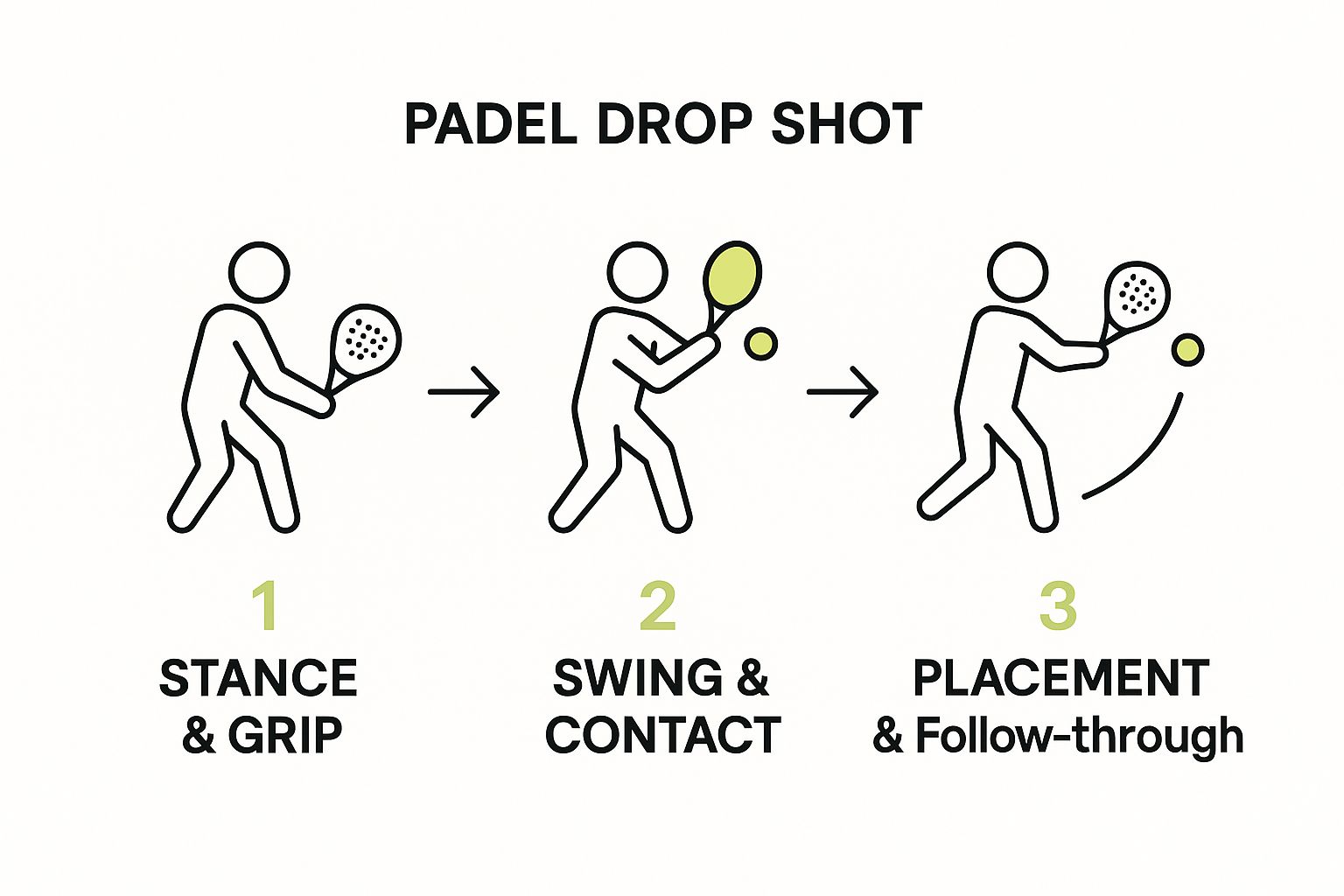
As you can see, a solid stance and the right grip are the foundation. Get those right, and the swing and placement will follow much more easily.
Dynamic Partner Drills for Match Simulation
Once that basic touch feels comfortable, it's time to bring in a partner and add some real-world variables like movement and timing. Have your partner stand at the back of the court and feed you a steady stream of balls.
Drill 1: Alternating Volley and Drop Shot
Have your partner feed you continuous balls right to your volley. Your job is to alternate: hit one hard, deep volley back to them, then hit the very next ball as a drop shot. This drill is fantastic because it forces you to practice the disguise, quickly switching your mindset from a firm, punchy volley to a delicate touch.
Pro Tip: The secret here is to make your preparation for both shots look exactly the same. Use the same compact backswing for the volley and the drop shot. The change should only happen in that split-second before you make contact with the ball.
Drill 2: The Decision-Making Challenge
This is my personal favorite for building court smarts. Your partner feeds you balls, but this time, it's completely random—some deep, some short, some fast, some slow. Your task is to read each ball as it comes and decide instantly: is this the right time for a drop shot? Or is another shot the smarter play?
This exercise is all about sharpening your reaction time and decision-making under pressure. Improving your ability to react quickly is crucial, and you can find more exercises in our guide covering drills to improve reaction time at https://www.padelrumors.com/news/drills-to-improve-reaction-time/.
If you're a visual learner, recording your practice sessions can be a game-changer. For those who enjoy sharing their progress or helping others, learning the basics of creating effective video tutorials can make your own clips much more helpful for other players.
Stick with these drills consistently. You'll soon find that the technique and the tactical awareness become embedded in your game, turning your drop shot from a hopeful flick into a reliable, point-winning weapon.
Common Padel Drop Shot Questions
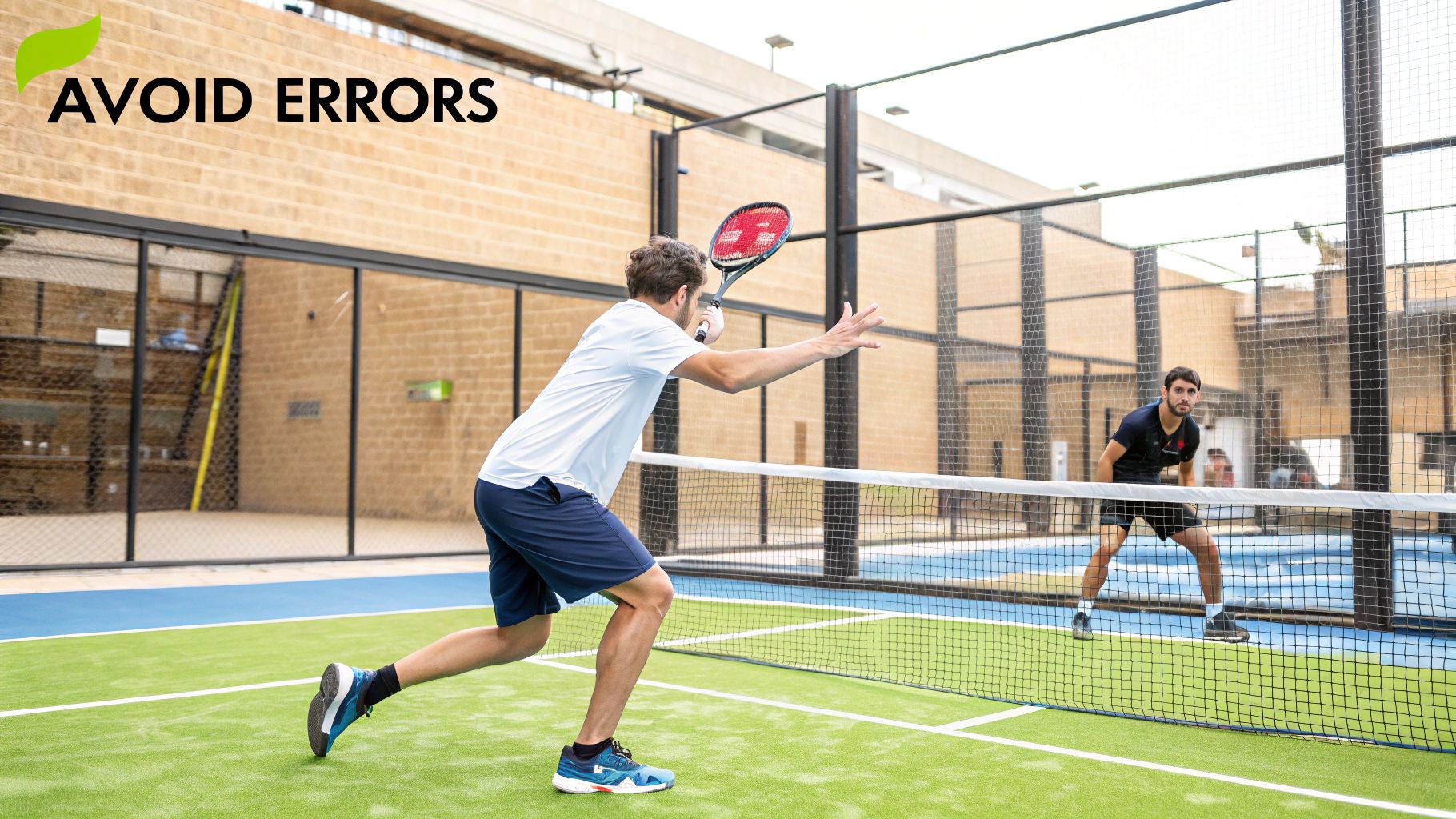
Even after you've got the technique down, the drop shot can be a seriously frustrating stroke to get right. Let's dig into some of the most common headaches players run into. I'll give you some straight-up advice to help you troubleshoot your game and finally turn this tricky shot into one of your most reliable weapons on the court.
If you find your drop shots are constantly kissing the net, trust me, you're not alone. This is hands-down the most frequent problem players have when learning this shot.
The issue almost always boils down to one of two things: your body position or your racket face. To execute a good drop shot, you have to get low. That means bending your knees and getting underneath the ball. If you stay upright, you're forced to chop down on the ball, which pretty much guarantees it's heading straight for the net.
At the same time, you need to be very aware of your racket face at the moment of impact. It should be slightly open, almost like you’re trying to slide the racket right under the ball. A closed or even a perfectly flat racket face just won't give you the gentle lift needed to clear the net.
How Do I Stop Opponents Reaching My Drop Shot?
Is there anything more demoralizing than hitting what feels like a perfect drop shot, only to watch your opponent sprint in and smash it for an easy winner? If they're getting to your drop shots without much trouble, the problem isn't the shot itself—it's your disguise.
Surprise is your best friend here. Your preparation for a drop shot needs to look exactly like your setup for a powerful volley. Use that same compact backswing and maintain an aggressive posture. This simple act freezes your opponents deep in the court because they have to respect the threat of a hard-driven ball.
Timing is also everything. You want to unleash the drop shot when your opponent is off-balance, maybe scrambling to recover from a tough shot or stuck way behind the service line. Never, ever try it when they are just standing there, feet set, waiting to see what you'll do next.
A readable drop shot is basically a gift to your opponent. The real goal is to make them guess, and by the time they figure out what you’ve done, it’s already too late for them to do anything about it.
Should I Aim for the Sidelines or the Middle?
It’s incredibly tempting to go for that highlight-reel winner that just clips the sideline. It looks amazing when it comes off, but it's a very low-percentage play that drastically increases your risk of an unforced error. The margins for error are just too slim in most situations.
For a much higher success rate and better tactical results, aim for the middle of the court, just over the net.
So, why is this a smarter play?
- Bigger Target: You immediately give yourself a much larger area to hit, which cuts down on the chances of sending the ball into the side mesh.
- Fewer Angles: A return from the center of the court gives your opponent fewer angles to attack from, often forcing them to pop the ball up for an easy kill shot for you or your partner.
- Creates Confusion: Dropping the ball right between two opponents can cause that split-second of hesitation—"yours!" "no, yours!"—which is often all you need to win the point outright.
I find a quick reference guide can be a lifesaver when you're trying to fix a recurring issue on the court. This table breaks down the most common drop shot problems and gives you a clear path to correcting them.
Drop Shot Troubleshooting Guide
| Common Problem | Likely Cause | How to Fix It |
|---|---|---|
| Shot goes into the net | Not getting low enough; closed racket face. | Bend your knees more and ensure your racket face is slightly open at contact. |
| Shot floats too high/long | Too much swing; hitting with too much force. | Use a very compact swing and focus on "cushioning" the ball, not hitting it. |
| Opponent reads it easily | No disguise in your preparation. | Make your setup look identical to a power volley until the last possible moment. |
| Inconsistent contact | Hitting the ball too late or too far away. | Focus on making contact out in front of your body with a stable base. |
By really focusing on these specific points, you'll find your drop shot becomes a much more consistent and effective part of your padel arsenal.
At Padel Rumors, we're all about helping you level up every part of your game. From in-depth guides and pro news to honest gear reviews, we've got everything you need to find more success on the court.


